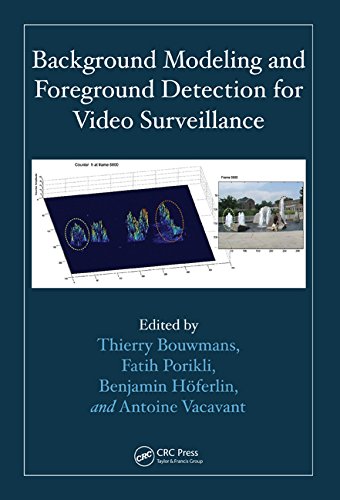

Most ebook files are in PDF format, so you can easily read them using various software such as Foxit Reader or directly on the Google Chrome browser.
Some ebook files are released by publishers in other formats such as .awz, .mobi, .epub, .fb2, etc. You may need to install specific software to read these formats on mobile/PC, such as Calibre.
Please read the tutorial at this link: https://ebookbell.com/faq
We offer FREE conversion to the popular formats you request; however, this may take some time. Therefore, right after payment, please email us, and we will try to provide the service as quickly as possible.
For some exceptional file formats or broken links (if any), please refrain from opening any disputes. Instead, email us first, and we will try to assist within a maximum of 6 hours.
EbookBell Team

5.0
30 reviewsBackground modeling and foreground detection are important steps in video processing used to detect robustly moving objects in challenging environments. This requires effective methods for dealing with dynamic backgrounds and illumination changes as well as algorithms that must meet real-time and low memory requirements.
Incorporating both established and new ideas, Background Modeling and Foreground Detection for Video Surveillance provides a complete overview of the concepts, algorithms, and applications related to background modeling and foreground detection. Leaders in the field address a wide range of challenges, including camera jitter and background subtraction.
The book presents the top methods and algorithms for detecting moving objects in video surveillance. It covers statistical models, clustering models, neural networks, and fuzzy models. It also addresses sensors, hardware, and implementation issues and discusses the resources and datasets required for evaluating and comparing background subtraction algorithms. The datasets and codes used in the text, along with links to software demonstrations, are available on the book’s website.
A one-stop resource on up-to-date models, algorithms, implementations, and benchmarking techniques, this book helps researchers and industry developers understand how to apply background models and foreground detection methods to video surveillance and related areas, such as optical motion capture, multimedia applications, teleconferencing, video editing, and human–computer interfaces. It can also be used in graduate courses on computer vision, image processing, real-time architecture, machine learning, or data mining.